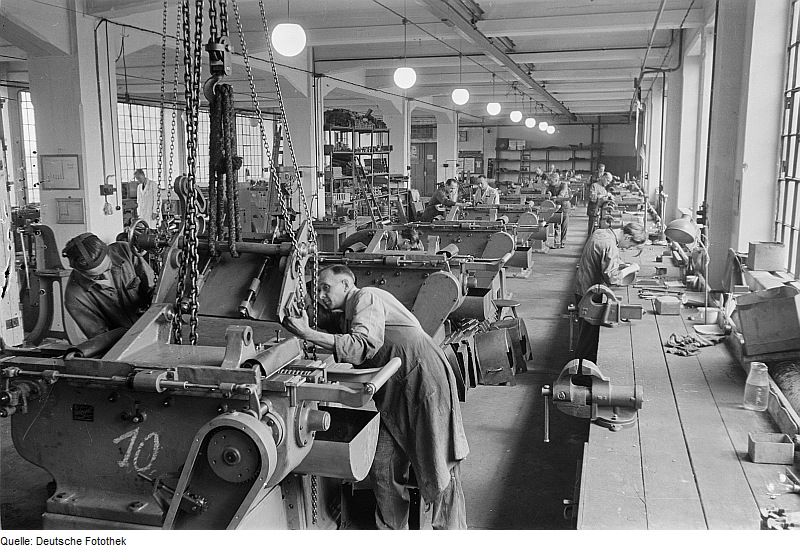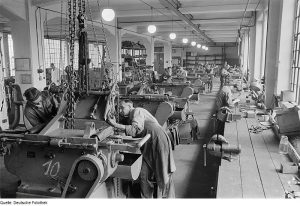- February 12, 2020
- Posted by: David Marshall
- Category: Management, Measurement

There are times where you have to allocate — or reallocate, as the case may be — your money, staff, and resources to solve a particular problem. Maybe you have to do a crash inventory where everyone has to stop what they’re doing and everyone has to focus on counting everything in the warehouse.
Or maybe you have to pivot and reassign people to a different part of the factory and have them work on a new machine making a new project.
Whatever it is, you have to make a smart decision and, if you’re lucky, make the right one the first time. You want to match the skill set to the function you’re looking to fill or to augment.
 The best way to figure out which resources to move and where they should be moved, it all starts with measurement. You have to have a measurement process in place to know which areas are efficient, understaffed and underfunded, or are running at peak efficiency. Once you know this, and know which areas are working, you can make intelligent choices on where to move everyone and everything.
The best way to figure out which resources to move and where they should be moved, it all starts with measurement. You have to have a measurement process in place to know which areas are efficient, understaffed and underfunded, or are running at peak efficiency. Once you know this, and know which areas are working, you can make intelligent choices on where to move everyone and everything.
When I was at Robroy, we had an issue with damaged raw stock that we were constantly trying to fix. When we started measuring our success rate, we found that we were getting a less-than-10% yield rate in the recovery, so we just decided to kill the process completely.
But the two guys who were allocated to do it were absorbed somewhere else. They had to be dedicated to actually do that job in the first place, so I knew they were good employees. So I tried to match their skills to a function that was required to be done.
Of course, we couldn’t do that if they had no idea how to perform that new job. So one of the things I required from a productivity perspective, as well as a health and safety one, is that everyone had to be cross-trained in more than one job. I wanted everyone to be functional in any position on the factory floor.
It’s a health and safety issue because it helps you eliminate repetitive injuries like carpal tunnel syndrome, because people aren’t doing the same thing over and over again. If you cross-train people and rotate them through the operation, they’re using different muscles.
It also helped people continue to stay focused, because they weren’t doing the same job over and over, which meant they weren’t zoning out and not paying attention to their work or the safety protocols.
But most importantly, if you require cross-training, it’s also a much easier decision when it comes time to reallocating staff to different areas. Because our people were cross-trained, we didn’t have to fire the two men whose jobs we had just eliminated. And by measuring everything in the first place, we were able to identify a completely unnecessary function and reassign them to a place where they were going to be more useful and actually help us make money.
I’ve been a manufacturing executive, as well as a sales and marketing professional, for a few decades. Now I help companies turn around their own business. If you would like more information, please visit my website and connect with me on Twitter, Facebook, or LinkedIn.
Photo credit: Deutsche Fotothek (Wikimedia Commons, Creative Commons 3.0)

